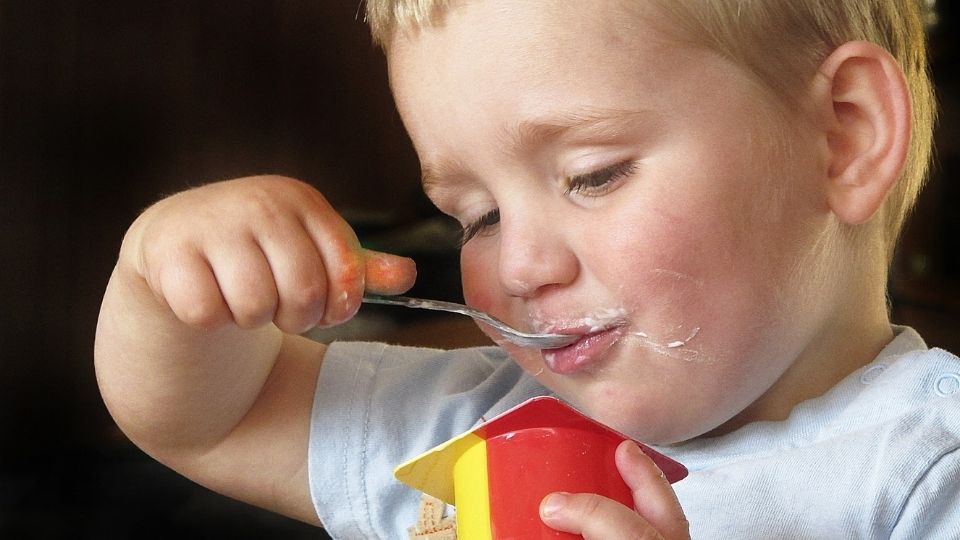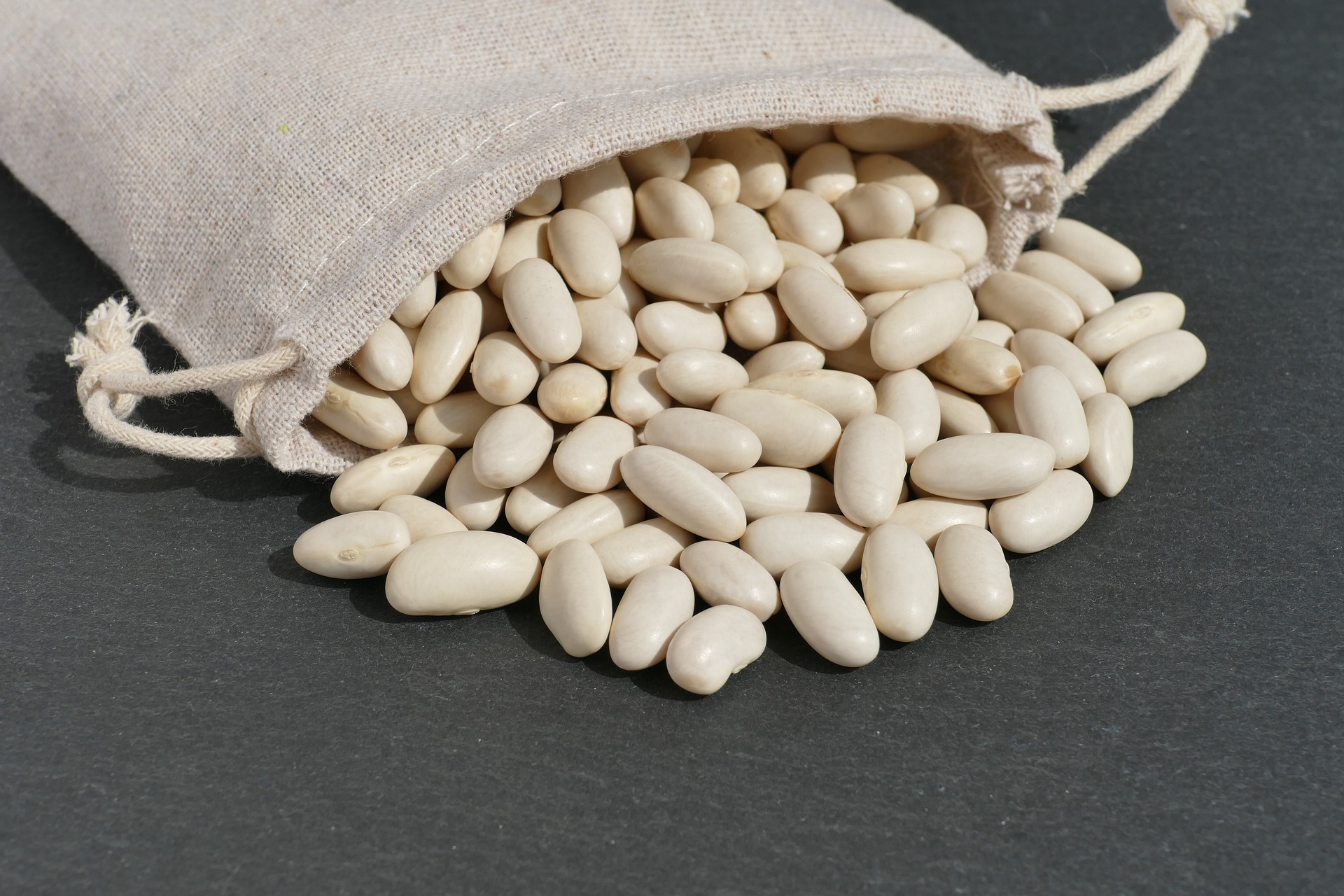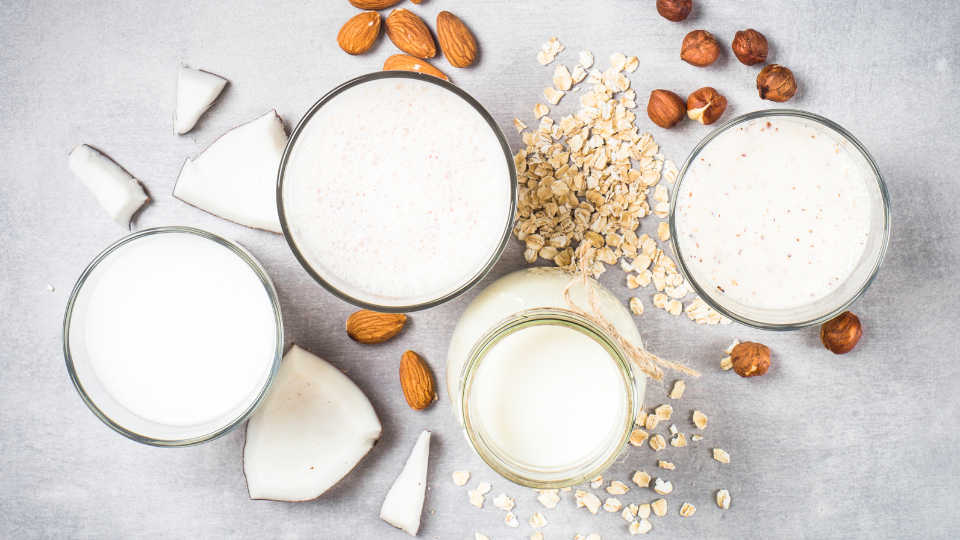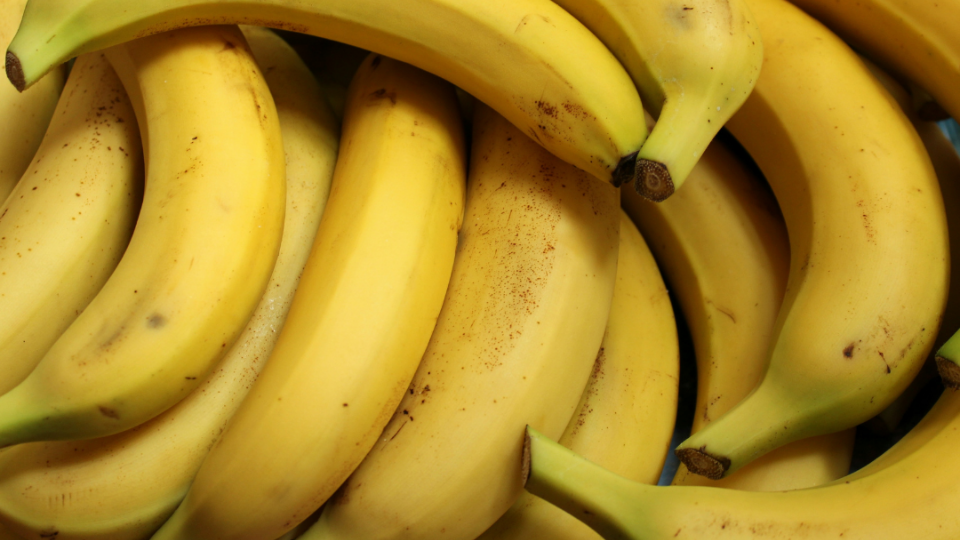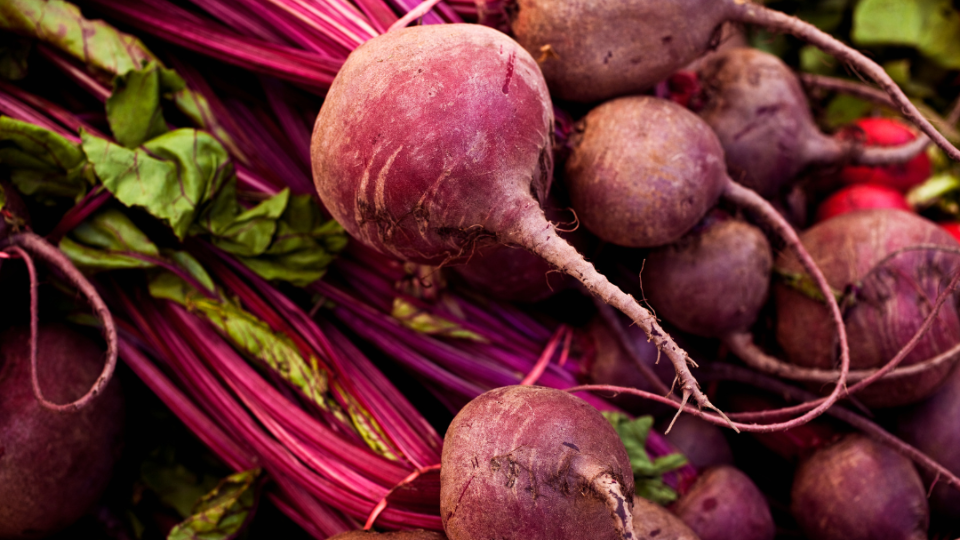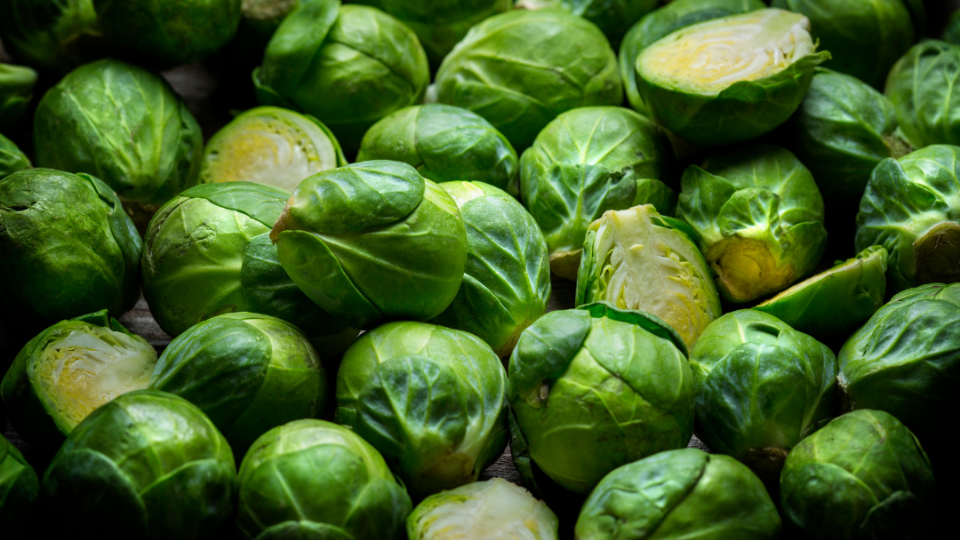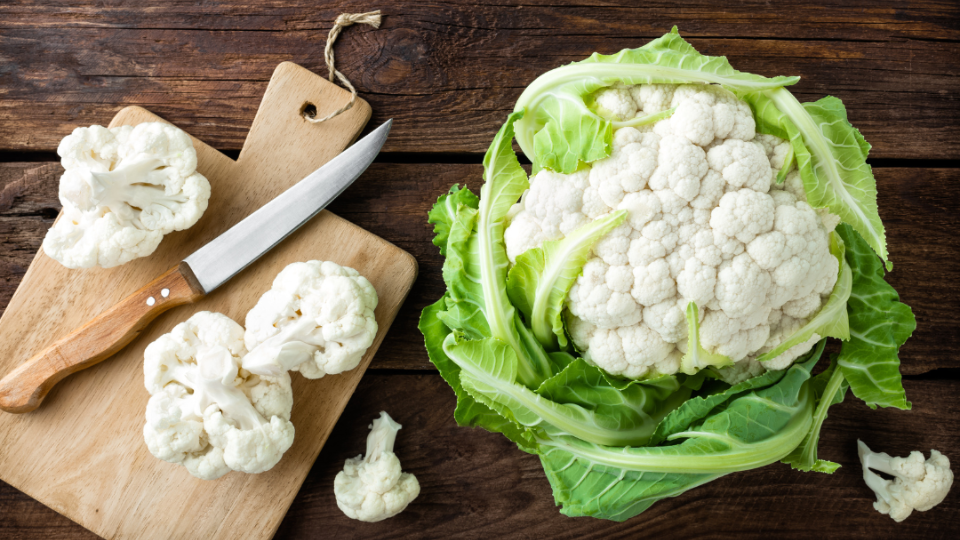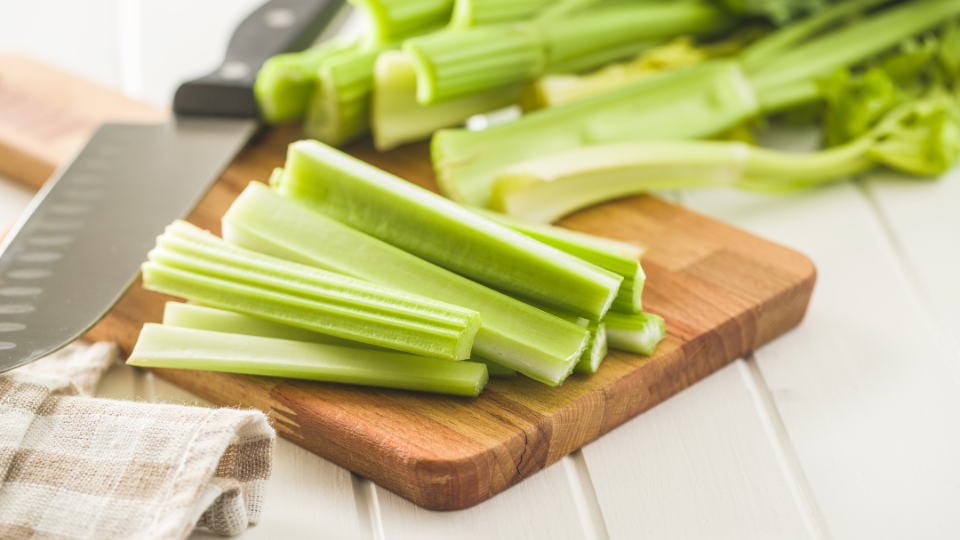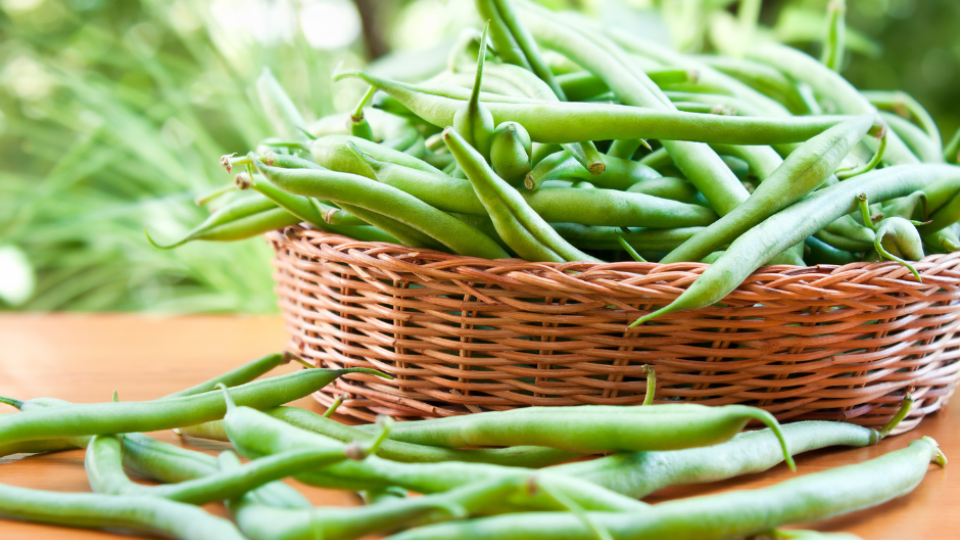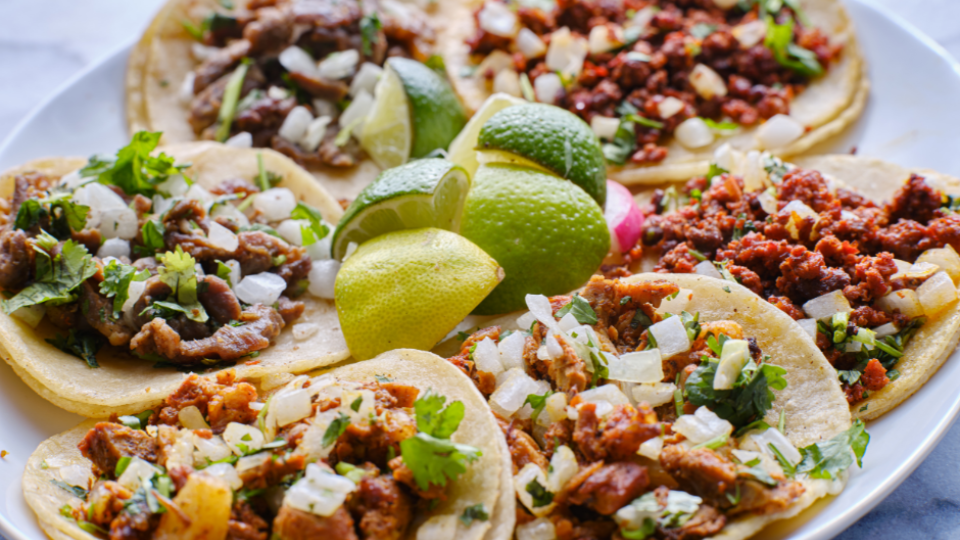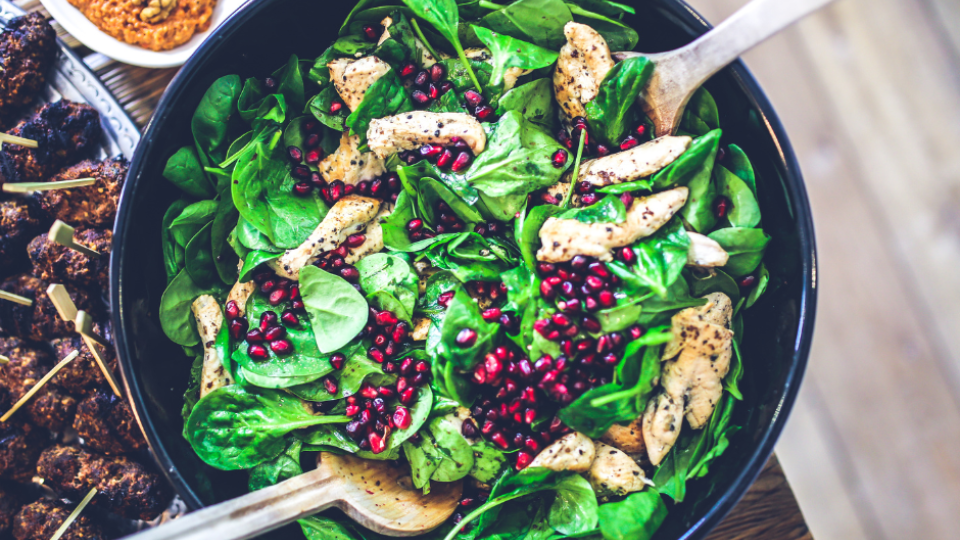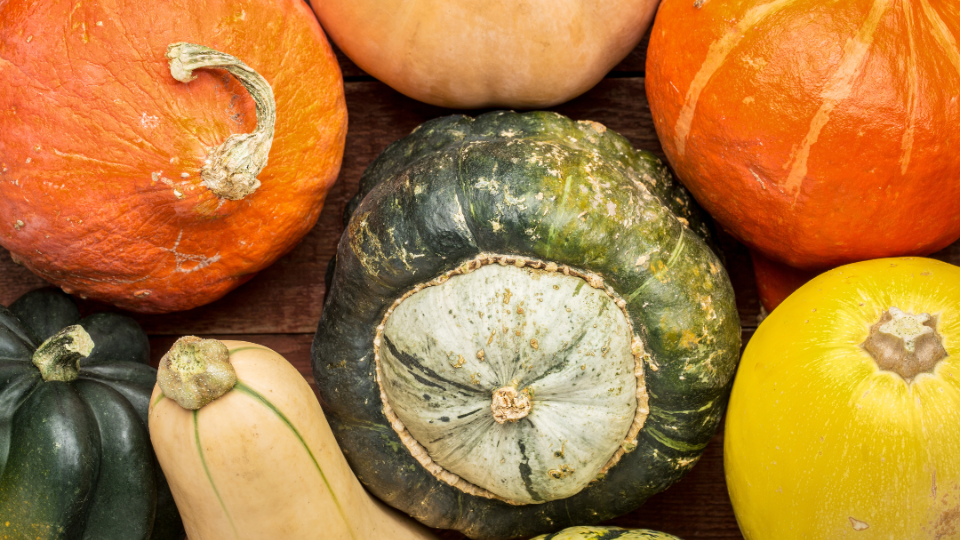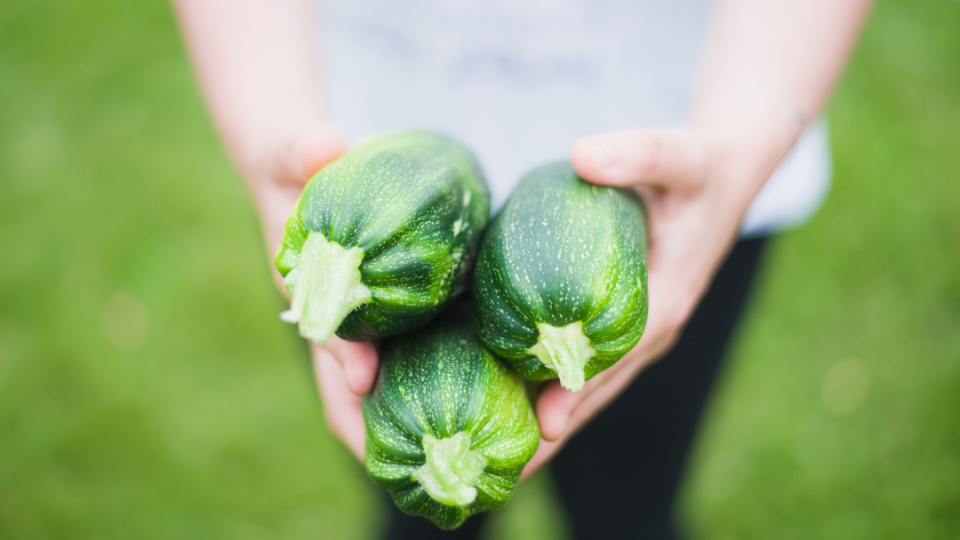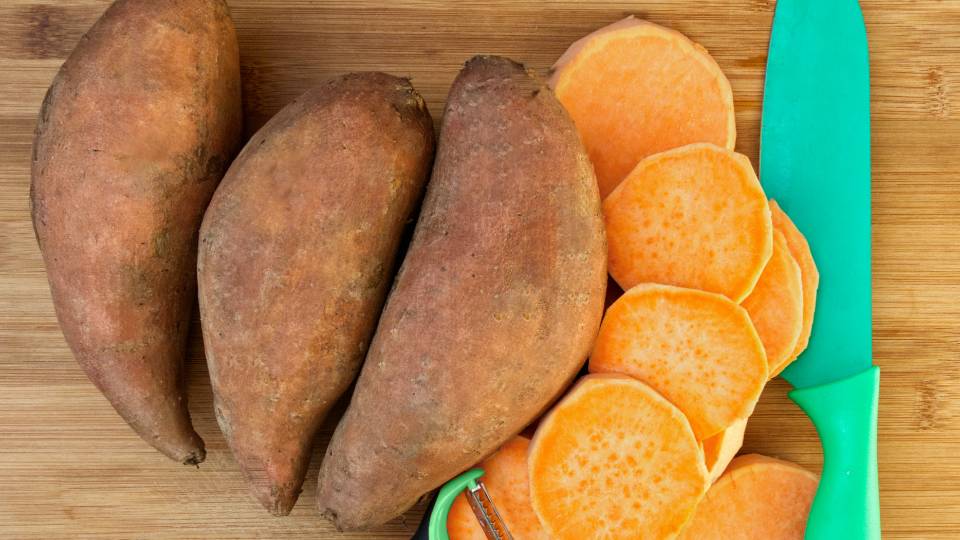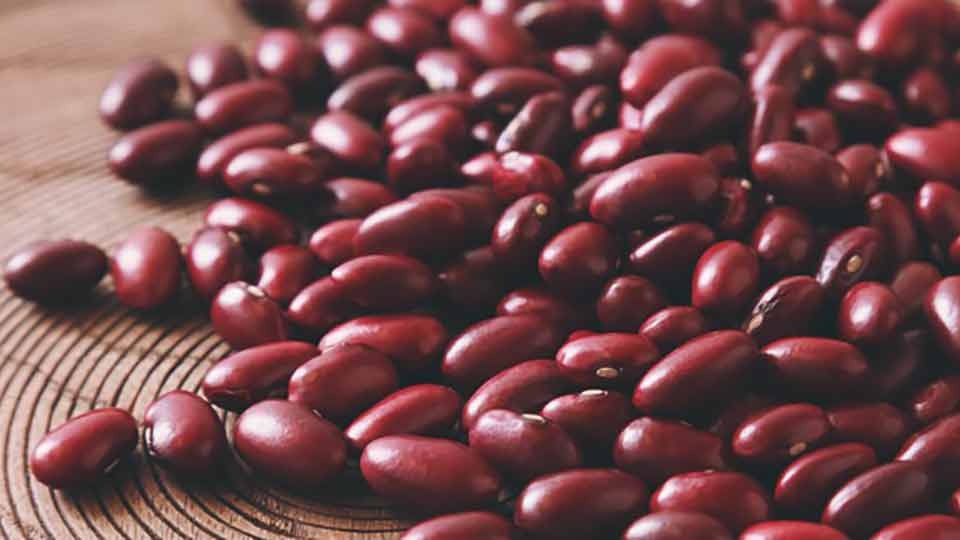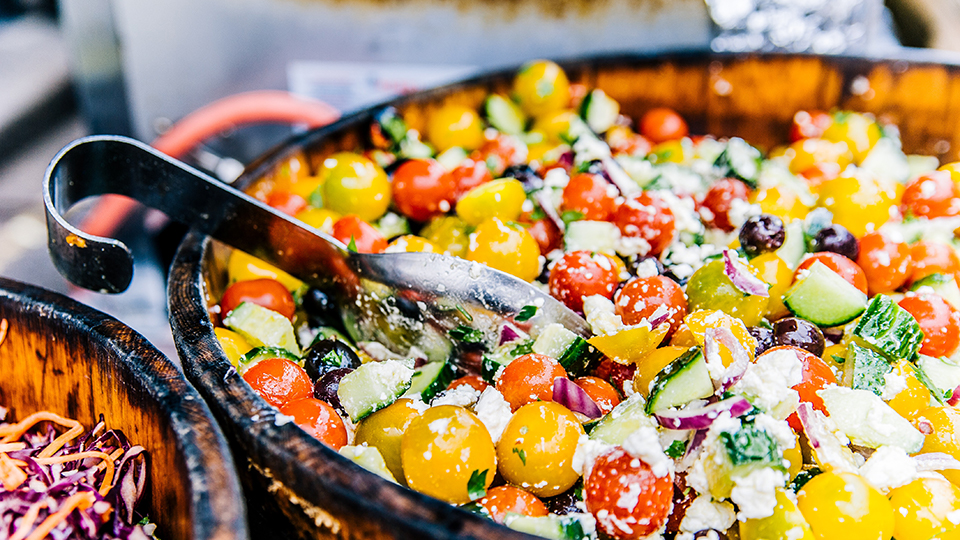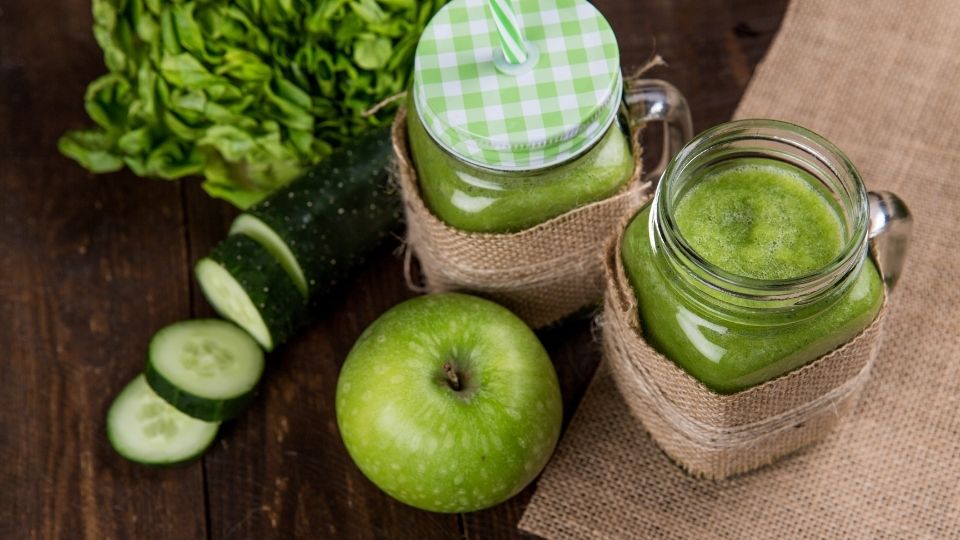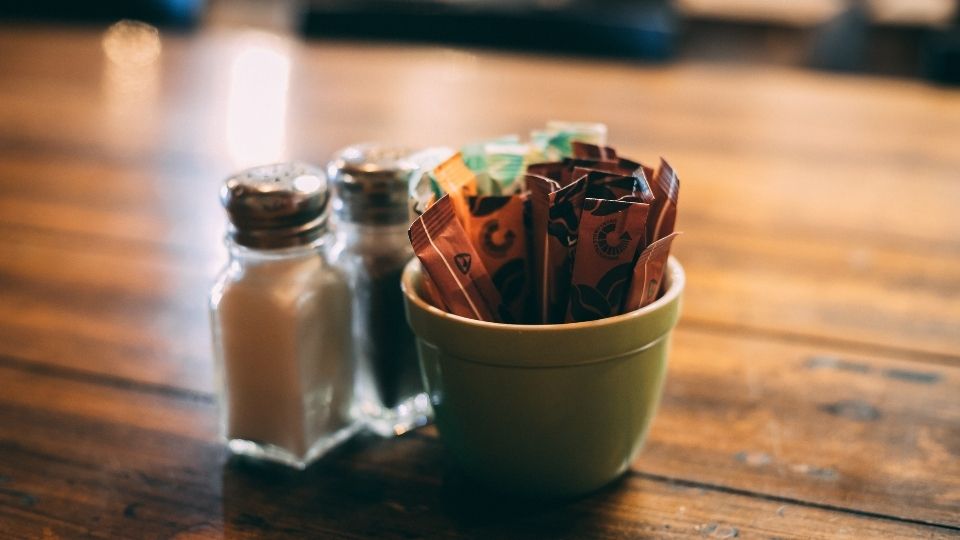Gluten-Free Eating: Making the Lifestyle Switch
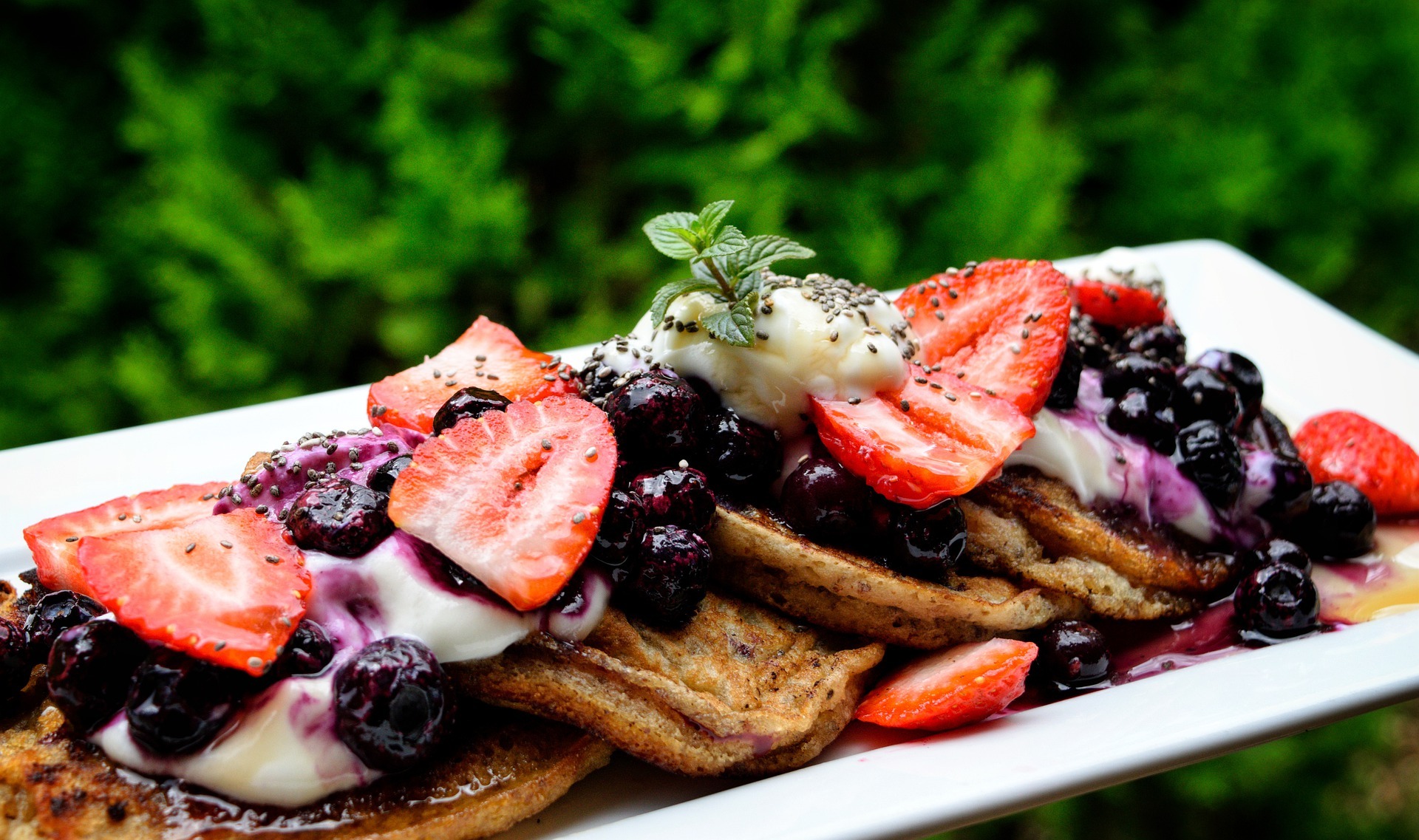
For individuals with a diagnosis of celiac disease, wheat allergy, or non-celiac gluten intolerance, eating a gluten free diet is important for health and improved quality of living. This article will guide individuals as they transition to gluten free eating. The content is based on research and personal report of experts in the field of food and nutrition. The switch to a gluten free lifestyle can be challenging, but this information will help make the transition easier and sustainable.
What Can I Eat?
Dairy
- Milk
- Yogurt
- Cheese
- Sour cream
- Cottage cheese
- Cream cheese
- Butter
- Check processed cheese products and ice cream for gluten containing ingredients.
Grains
- Amaranth
- Arrowroot
- Buckwheat (labeled GF)
- Mesquite
- Millet
- Oats (labeled GF)
- Popcorn
- Potatoes
- Quinoa
- Rice (best choice brown and wild)
- Sorghum
- Tapioca
- Teff
- Yam
- Yucca
Fruits
- Any fruit is okay to eat. Check pre-chopped, frozen, canned, and dried fruits for gluten containing ingredients.
Vegetables
- Any vegetable is okay to eat. Check pre-chopped, frozen, canned, and dried vegetables for gluten containing ingredients.
Protein
- Legumes (beans, split peas, and lentils)
- Nuts
- Poultry
- Red meats
- Seafood
- Soy products (tofu, tempeh, edamame)
- Check the following for gluten: lunch meats, sausages, hot dogs, salami, ground meats, meats with seasonings, and meat substitutes.
Gluten Free Pantry Staples
Look for GF versions of these items at your local grocery store in the GF section or by the normal version of the product. Also, many GF items can be found online.
- GF Flour
- GF Pancake mixes
- GF Bread
- GF Cereals
- Nuts
- GF corn tortillas and tortilla chips
- Rice
- Beans
- GF spices
- GF pasta
- GF pasta sauce
Tip: GF flour can often work with your favorite recipes. This is especially true for muffins, sweet breads, cookies, etc. Starchy flour blends that contain superfine ground rice flour, potato starch, and tapioca starch work best.
Easy Options for Cooking
- GF soy sauce
- GF cream soups
- GF taco seasoning
- GF bread crumbs
- GF oats
- GF cake mixes
- GF brownie mix
- GF graham cracker crumbs
Tips: Cream soups can be made from scratch with gluten free ingredients. A soup or sauce base recipe mix can be found here: https://digitalcommons.usu.edu/cgi/viewcontent.cgi?article=1114&context=extension_curall. Gluten free graham cracker crumbs can be used to make pie crusts and bases for cheesecakes.
Gluten Free Snacks
Most grocery stores carry a variety of gluten free foods. Remember to check all nutrition information and labeling to ensure they are gluten free.
- GF granola bars
- GF protein bars
- Any fruit or vegetable
- Hummus with veggies
- Lunch meat and cheese
- Fruit leather or snacks
- Smoothie
- GF chips and salsa
- GF beef jerky
- Apple sauce
- Ants on a log (celery, peanut butter, and raisins)
- GF pretzels
- Pudding cups
- Cheese sticks
- GF trail mix
- Popcorn
- GF crackers
- GF hot chocolate
Tip: Nuts can be eaten as a snack or added to home-baked foods to help them be more nutritious and filling.
How To Avoid Gluten
What Food Ingredients Could Contain Gluten?
Labels that list broad ingredients like spices, natural flavoring, etc. could be a problem. Consider calling or messaging the manufacturer or brand on social media to get specific information.
Check the Allergen Statement
If the label says may contain wheat, AVOID this food. If the label says "processed in the same facility" BE WARY! Often naturally gluten free foods are contaminated when they are processed on machinery that processes wheat products.
Is Gluten Free on the Label?
If you see any symbol or statement that says Gluten Free on a package or food label it is considered safe to eat. The label laws in our country only allow foods with very little to no gluten to have this statement on the label.
Other Food Sources of Gluten
White flour, wheat, wheatberries, durumemmer, semolina, spelt, farina, farro, garham, einkorn wheat, rye, barley, triticale, Brewer's yeast, wheat starch, wheat amino acids, anything with the word malt (malted milk, malt extract, malt flavoring, malt vinegar), barley (groats), natural flavorings, soy sauce, and modified food starch (wheat).
Safety First
Areas for Cross-Contamination: |
Avoiding Cross-Contamination: |
Other Items with Gluten: |
|
|
|
Eating Out
Some restaurants will have a dedicated space for GF food. However, there is still a potential for contamination if all the food is made in the same kitchen. This is a risk to keep in mind before going out to eat.
Call Ahead to Find Out
- If they are gluten free, gluten friendly, or neither.
- What the staff know about gluten safety.
- Questions to ask:
-
- Do you have GF options and what kind?
- Do you fry all food in the same fryer?
- GF sauces?
- GF pastas?
- Do you have a dedicated GF kitchen space or equipment?
-
Tips: Look for apps or other online resources that will tell you more about restaurants that serve GF food. Not all restaurants in a chain will follow the same guidelines and rules for GF foods.
At the Restaurant
- Be sure to tell your server you must have GF food.
- Make sure your server understands what gluten free means and how to avoid contamination.
- Do not share food with those eating gluten containing food that could potentially contaminate your food.
- Bring a snack just in case there are no safe GF options.
Celebrations
Parties, celebrations, and social occasions are a wonderful part of life that bring fun and enjoyment, but they can become stressful for those that require GF foods. Here are a few things to consider when planning to attend a social gathering where food will be offered:
- Call the host and ask what will be served. Ask to see the ingredients list if possible.
- Let the host know you will be bringing you own food and why.
- Show gratitude for the efforts of the host. Practice what you will say if you still can't eat what they prepared.
- Offer to bring a GF food for all to share.
- Prepare ahead by making a batch of cupcakes and keep them in your freezer so you can pull one out to celebrate.
- Offer to help with planning social events. This gives you the ability to ensure GF foods are available.
Tip: Look for GF cupcakes, donuts, or other treats in bakeries or the freezer section of your local grocery store.
References
- Bascuñán, K. A., Vespa, M. C., & Araya, M. (2017). Celiac disease: Understanding the gluten-free diet. European Journal of Nutrition, 56(2), 449–459. https://doi.org/10.1007/s00394-016-1238-5
- Diet. (n.d.). Celiac Disease Center at Columbia University Medical Center. Retrieved March 26, 2021, from https://celiacdiseasecenter.columbia.edu/treatment/diet/
- Friedman, G. J., & Friedman, D. (2017, November). Managing Special Diets at Holiday Meals. Health and Nutrition Letter, 4.
- Lammers, K. M., Vasagar, B., & Fasano, A. (2014). Definition of Celiac Disease and Gluten Sensitivity. In S. D. Rampertab & G. E. Mullin (Eds.), Celiac Disease (pp. 13–25). Springer. https://doi.org/10.1007/978-1-4614-8560-5_2
- Nutrition, C. for F. S. and A. (2020). Gluten-Free Labeling of Foods. FDA. https://www.fda.gov/food/food-labeling-nutrition/gluten-free-labeling-foods
- Pietzak, M., & Kerner Jr., J. A. (2012). Celiac Disease, Wheat Allergy, and Gluten Sensitivity. Journal of Parenteral and Enteral Nutrition, 36(1S), 68S-75S. https://doi.org/10.1177/0148607111426276
- See, J., & Murray, J. A. (2006). Gluten-Free Diet: The Medical and Nutrition Management of Celiac Disease. Nutrition in Clinical Practice, 21(1), 1–15. https://doi.org/10.1177/011542650602100101
Authors
Cindy Jenkins, MS; Eva Timothy, MS; Paige Wray, MS; April Litchford, PhD, RDN
Related Nutrition Articles


